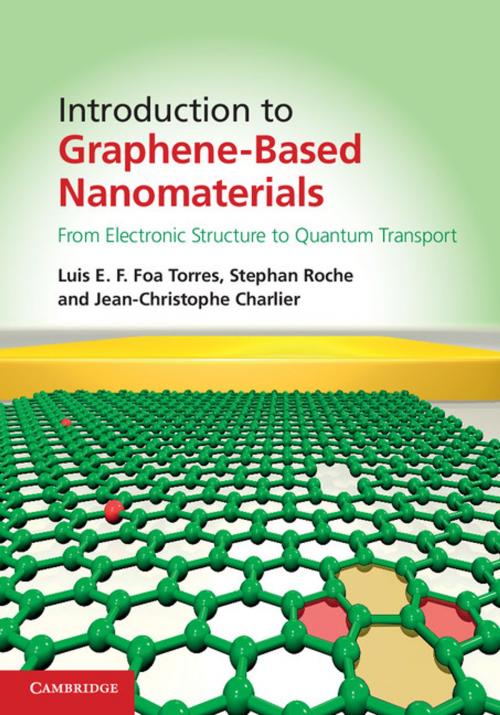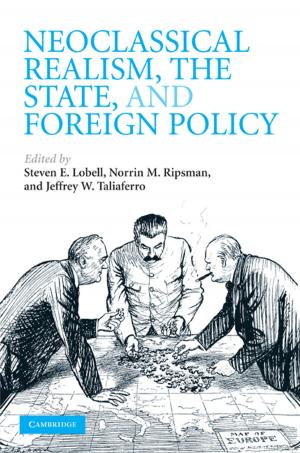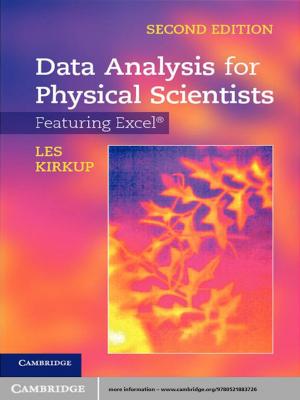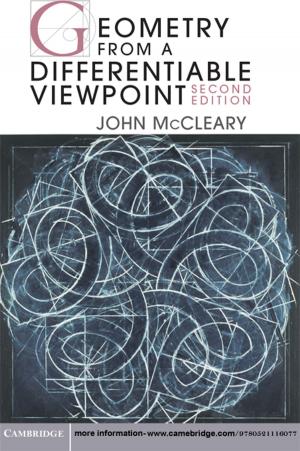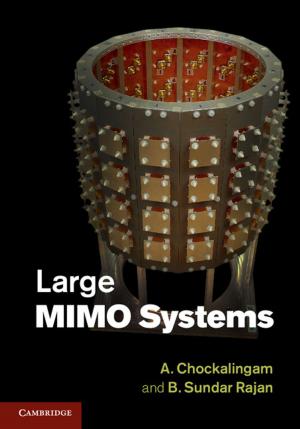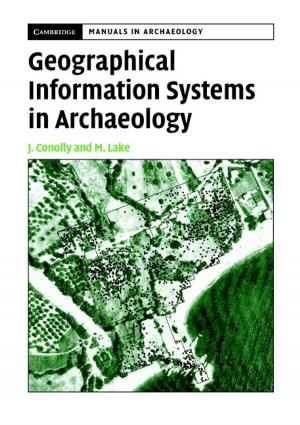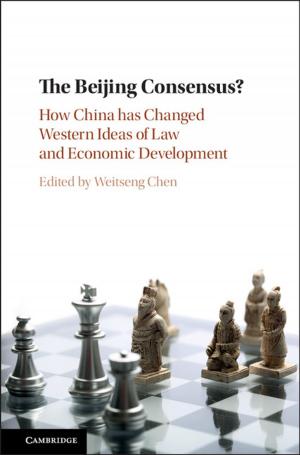Introduction to Graphene-Based Nanomaterials
From Electronic Structure to Quantum Transport
Nonfiction, Science & Nature, Science, Physics, General Physics, Mathematics, Technology| Author: | Luis E. F. Foa Torres, Stephan Roche, Jean-Christophe Charlier | ISBN: | 9781107702806 |
| Publisher: | Cambridge University Press | Publication: | January 23, 2014 |
| Imprint: | Cambridge University Press | Language: | English |
| Author: | Luis E. F. Foa Torres, Stephan Roche, Jean-Christophe Charlier |
| ISBN: | 9781107702806 |
| Publisher: | Cambridge University Press |
| Publication: | January 23, 2014 |
| Imprint: | Cambridge University Press |
| Language: | English |
Beginning with an introduction to carbon-based nanomaterials, their electronic properties, and general concepts in quantum transport, this detailed primer describes the most effective theoretical and computational methods and tools for simulating the electronic structure and transport properties of graphene-based systems. Transport concepts are clearly presented through simple models, enabling comparison with analytical treatments, and multiscale quantum transport methodologies are introduced and developed in a straightforward way, demonstrating a range of methods for tackling the modelling of defects and impurities in more complex graphene-based materials. The authors also discuss the practical applications of this revolutionary nanomaterial, contemporary challenges in theory and simulation, and long-term perspectives. Containing numerous problems for solution, real-life examples of current research, and accompanied online by further exercises, solutions and computational codes, this is the perfect introductory resource for graduate students and researchers in nanoscience and nanotechnology, condensed matter physics, materials science and nanoelectronics.
Beginning with an introduction to carbon-based nanomaterials, their electronic properties, and general concepts in quantum transport, this detailed primer describes the most effective theoretical and computational methods and tools for simulating the electronic structure and transport properties of graphene-based systems. Transport concepts are clearly presented through simple models, enabling comparison with analytical treatments, and multiscale quantum transport methodologies are introduced and developed in a straightforward way, demonstrating a range of methods for tackling the modelling of defects and impurities in more complex graphene-based materials. The authors also discuss the practical applications of this revolutionary nanomaterial, contemporary challenges in theory and simulation, and long-term perspectives. Containing numerous problems for solution, real-life examples of current research, and accompanied online by further exercises, solutions and computational codes, this is the perfect introductory resource for graduate students and researchers in nanoscience and nanotechnology, condensed matter physics, materials science and nanoelectronics.
